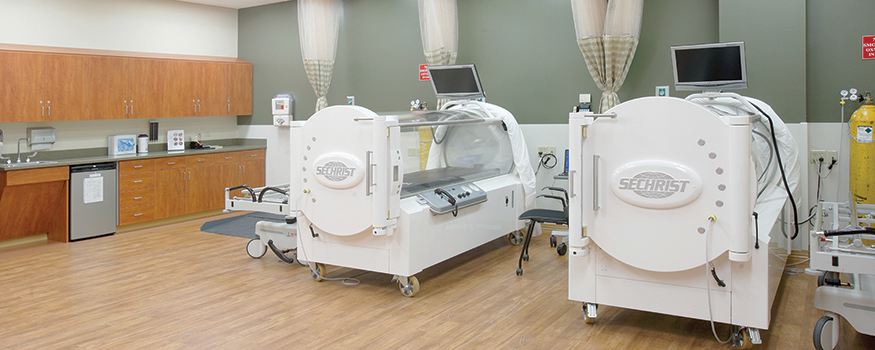Hyperbaric oxygen treatment (HBOT) has been marketed as an effective treatment for diabetic foot wounds. Researchers have suggested that the demonstrated effects of HBOT on improving wound tissue hypoxia, reducing edema, enhancing perfusion, promoting fibroblast proliferation.
HBOT is also touted for preventing hard to look after soft tissue and bone infections by mechanics that have killing germs, enhancing leukocyte and macrophage function, and boosting the effects of antimicrobials. There are many firms like Hyper heal that provide hyperbaric wound therapy.

Images Source: Google
These beneficial effects, although necessitating expensive technology, might dramatically decrease the threat of lower-extremity amputation in diabetic patients with foot lesions. Therefore, rigorously assessing the clinical efficacy of HBOT in diabetic foot ulceration is a substantial enterprise.
Hyperbaric oxygen therapy features oxygen to all parts of the body in amounts greater than potential under normal conditions. That is because 100 percent of oxygen is provided under increased atmospheric pressure in a particular chamber.
Hyperbaric treatment is famous because of its use in underwater diving accidents, but Additionally, It has beneficial therapeutic effects in several other nations:
-Gas gangrene and Carbon monoxide poisoning
-Bone infection and Non-healing wounds
A doctor specializing in hyperbaric medicine will evaluate your condition and explain why hyperbaric oxygen has been given. Hyperbaric oxygen therapy must be utilized together with a total maintenance program, including good nutrition and daily wound care.